5. Logan Lucky (2017)
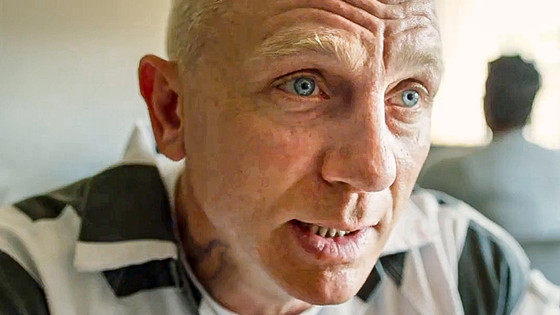
The trashy, intended gimcrack, Southern cousin to the “Ocean’s” trilogy, Soderbergh’s Logan Lucky does not only stand out for its dry, hilarious banter and intricately suspenseful sequences, but also as a clever showcase of Southeastern United States local color.
Under first timer Rebecca Blunt’s script and Soderbergh’s DP surname Peter Andrews’ down-home framing, the carnivals, child beauty pageants, extravagant fingernails and hairsprays, recurrence of old tales and superstitions in family curses, and the emblematic Charlotte Motor Speedway in North Carolina, which serves as the stage of the heist, all contribute to Logan Lucky’s distinctive, well-polished personality.
Soderbegh’s crime tall-tale follows the eponymous Logan brothers: down-on-his-luck former jock king Jimmy and arm amputee war veteran Clyde (a solid performance by Channing Tatum and a sulking, yet sympathetic Adam Driver) – who finding themselves at a downward slope – team up with imprisoned explosives expert Joe Bang (a boiled-egg eating, wisecracking savage Daniel Craig) and their sports car connoisseur sister Mellie Logan (a radiant Riley Keough voicing a spot-on Southeastern accent), in order to rob the steel bank vault underneath the stadium.
Highlights include a sudden life-threatening bomb misfire, a hilarious intermission featuring Bang explaining the clueless Logan brothers the chemical reactions that make up a bomb, and a pretty extensive Game of Thrones prison riot satire.
In many ways, Logan Lucky unfolds as an anti-heist film of sorts. The dialogue exchanges are sharp, quick, but not flashily witty as in other heist films, and instead of the fast paced edited, music infused sequences during the actual heists, we get long expositions of Jimmy limping from one end to the other.
Whereas other heist films such as Ocean’s Eleven reveals snippets, if not the entirety of the plan to the viewer before it is put into action, Logan Lucky always holds its cards close to the chest, thus leaving viewers to ponder whether or not there is reasoning behind the characters’ outrageous hijinks.
4. Nine Queens (Nueve Reinas, 2000)
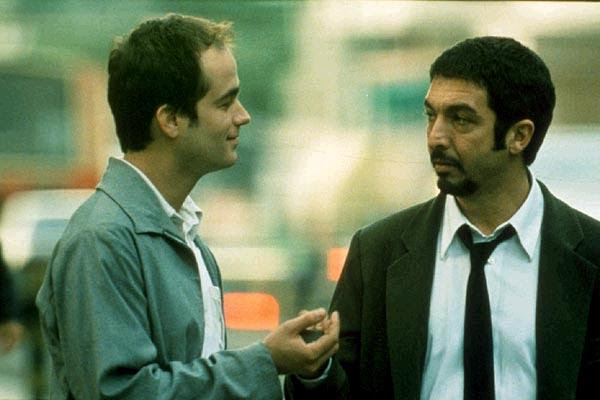
A heist thriller without a bank or vault to steal from, Argentine director Fabián Bielinsky’s Nine Queens is a brilliantly structured story about greedy silver-tongued conmen that continues to pile up scam after scam until an inevitable, mind-bending payoff. Having won the production funding in a screenplay competition against roughly 350 candidates, it is no wonder that Bielinsky’s film debut thrives on a precise, suspenseful, and satisfyingly challenging script, improved by the superb performances from its cast.
Nine Queens starts out small and humble with callow, amateur conman Juan (Gastón Pauls) meeting the more experienced and laidback conman Marcos (an enthusiastic and eloquent Ricardo Darín) after an incident at a convenience store.
Taking Juan under his wing to teach him about the craft, Marcos presents him with the opportunity to sell counterfeit copies of rare stamps called “The Nine Queens” to a wealthy, alcoholic and desperate businessman Galdolfo (a memorable Ignansi Abadal). The exchange is set to take place at a hotel where Marcos’ sister Valeria (a quick-tempered Leticia Bredice) works, much to her dislike given her disdain for Marcos.
From this point onwards, as the leading duo not only become all the more difficult to read but also face a wave of unfortunate, seemingly arbitrary obstacles that include a band of motorcyclist thieves, seeking new stamps from the owner, the mark’s shady last-minute counteroffer, Nine Queens gradually unveils itself as the Russian Doll of conman-heist films that pulls the rug from under viewers and leaves them second guessing if what has happened is real or part of a perverse ruse.
Despite its string of turns, there is well poised balance, if not maturity to Bielinsky’s seductive caper film in that it is able to be witty without being overtly comedic and uses “incident” as the unusual or extraordinary without falling into absurdity.
3. Baby Driver (2017)
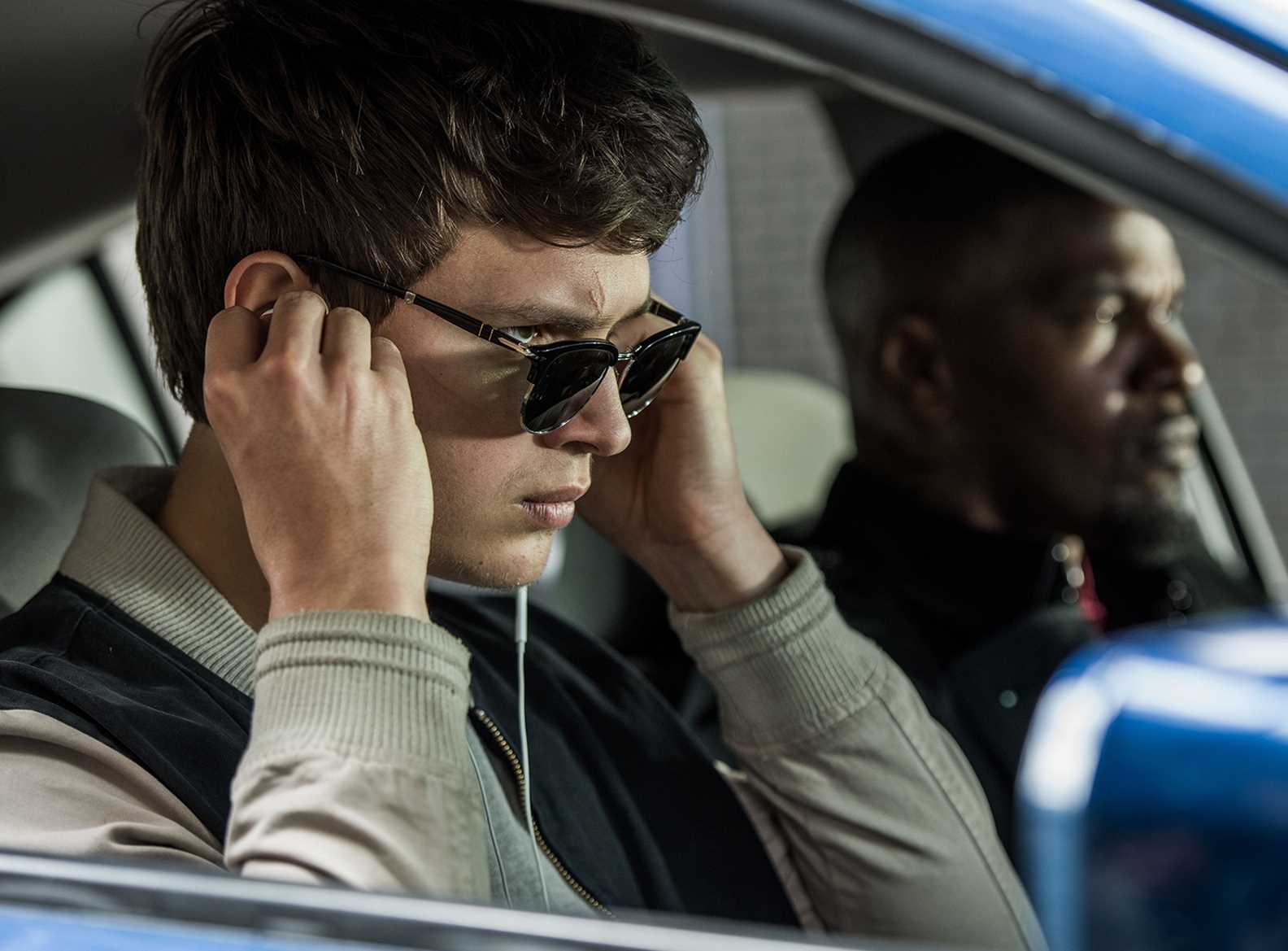
Have you ever seen a film through the ears of its protagonist? A throwback to 40s noir aesthetics and 70s neo-noir heist films like Walter Hill’s The Driver and Steve McQueen’s The Getaway pitted against a killer soundtrack that wears proudly as its badge, Edgar Wright’s Baby Driver is a rowdy heist package overflowing with rhythm from beginning to end, delivered tied with a neat bow through its meticulous, lean editing.
To say the soundtrack enhances the effect of the exhilarated car chases, caper banter, and boy-meets-girl quirkiness is to put it mildly since Wright employs cult fave tracks to freely subvert, polish, and provide subtext on its archetypical content.
Starting off to the tune of John Spencer Blues Explosion’s “Bellbottoms,” the eponymous Baby (a sunglass wearing Ansel Ergot winking at Ryan O’Neal’s The Driver) nonchalantly waits in a red Subaru, singing/dancing to the rhythm of the song through his earbuds until a band of suit wearing criminals carrying bags of stolen money jump inside the car in what follows to be the cleverest shot-to-shot car chase since the opening scene in Winding Refn’s Drive.
Taciturn and awkward in a social environment, but nimble behind the pedal only as long as he has his iPod cache, Baby is not only the ace driver behind the heists staged by robbery syndicator Doc (Kevin Spacey), but is “one last job” away from finishing their “partnership,” which was forged as penance for Baby’s attempted robbery against the mysterious kingpin. As it often goes, things grow complicated when Baby meets a young waitress called Debora (Lily James) just when he learns that Doc has no intention of releasing him from their arrangement.
From this point onwards, the less known about the story and its leads, the better, but it should be noted that Baby Driver is a vehicle for characters that Wright modeled after deeply rooted archetypes of the heist genre. Standing out the most is Jamie Foxx’ Bats – the red leather coat wearing, impulsive, oftentimes hilarious loose cannon – as well as rival Jon Hamm as the gruff party animal, whose handsome face hides a ticking time bomb.
Sporting highlights that include a heavy-tension scene involving the band of thieves sitting at a table of the diner Debora works at, a last minute, on-foot escape after a heist gone awry, and what could very well be the most jamming, suave coffee delivery in recent memory, Baby Driver stands out as a distinctive action heist thriller not only due to its metal-to-the-pedal getaways, but most of all, because it seeks to restore a sense of disbelief and more down-to-earth spectacle believed left behind in the brilliant films that inspired it.
2. Snatch (2000)
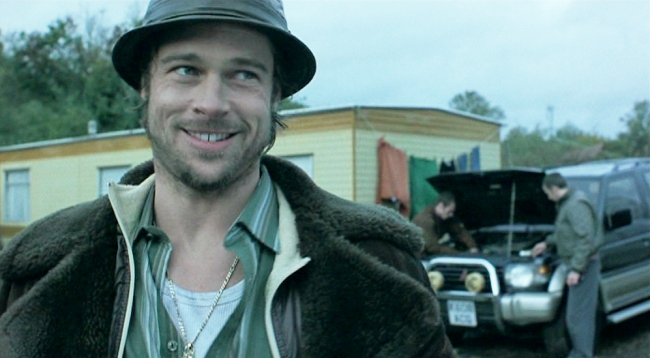
One Punch’ Mickey O’Neil. Bullet Tooth Tony. Boris “The Blade” and Franky “Four-Fingers.” As the prominence of Runyonesque monikers goes to show, Guy Ritchie’s follow-up to Lock, Stock and Two Smoking Barrels (1998) packs more voltage, snappy dialogue, cockney accents, and attracting personalities than its predecessor despite slavishly building on the same formula.
Similar to Ocean’s Eleven, Snatch is not interested in the stakes, the criminal world, or even the heist itself, but how these eccentric personalities react to the hilarious, yet haplessly jaw-dropping circumstances that bring them together. However, whereas Soderbergh’s narrative is led by an all-star team, who against all odds, carry themselves along the procedural rails of a traditional heist, Snatch’s oddballs seem at the mercy of chance, which coupled with Ritchie’s aggressive visual style, refreshes the turns and obstacles essential to the caper film archetype.
Set in the London underworld, Snatch centers on the efforts of a group of lowlife criminals and crooks that include Vinnie Jones, Dennis Farina, Rade Sherbedgia, and Benicio del Toro, to capture a missing 86-carat stone from a notorious thief.
On the other hand, following a seemingly separate objective are boxing promoter and voiceover narrator Turkish (a witty, and well-balanced Jason Statham) and his partner Tommy (Stephen Graham), who in order to save their skins from psychotic mobster Brick Top (Alan Ford), recruit an Irish gipsy packing a golden K.O. punch by the name of Mickey (Brad Pitt in an electric, comic take on his Fight Club persona) in order to take the “fall” in a bare-knuckle boxing match.
Lastly, Snatch has as much in common with Tarantino’s Pulp Fiction as it has with the Coen brothers’ Burn After Reading in that it cleverly, if not seamlessly merges the characters’ apparently unrelated trajectories into a final payoff, as well as presents a compelling case about the importance of “accident” as an essential tool in caper films to turn the arbitrary into unpredictable and captivating setpieces.
1. Inside Man (2006)
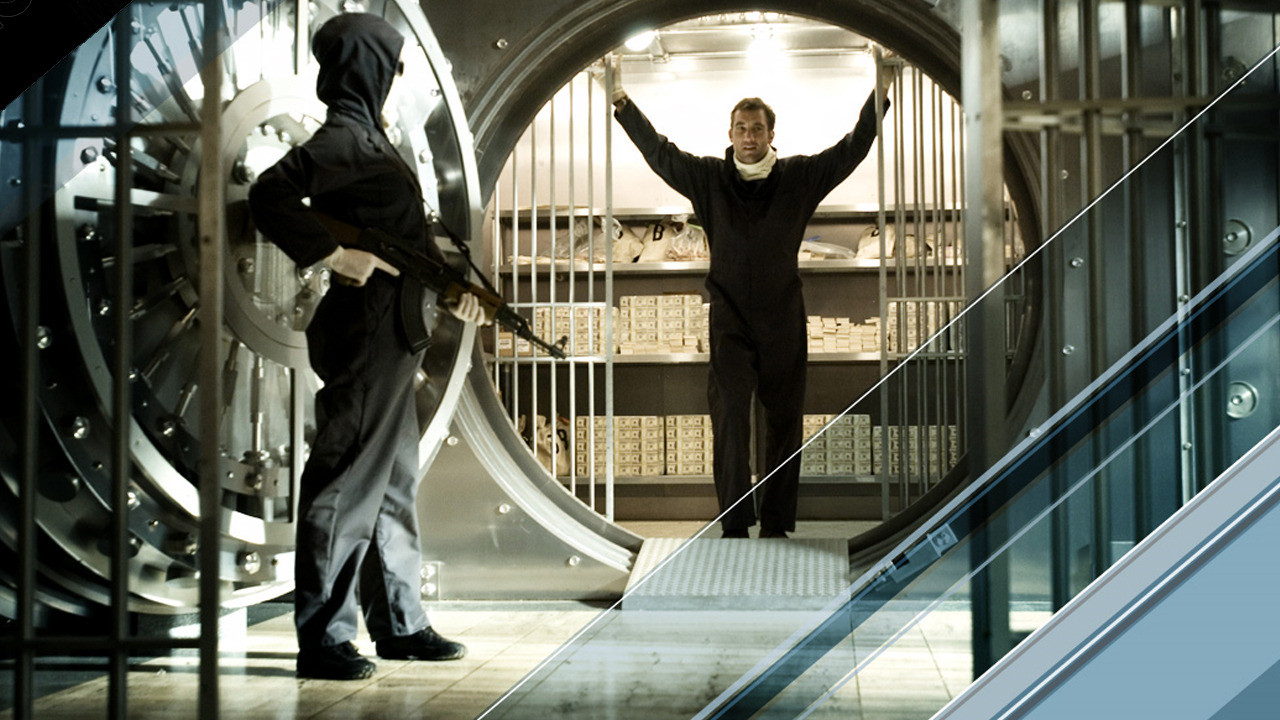
“The What is easy: recently I planned and set in motion events to execute the perfect bank robbery,” Clive Owen’s Dalton Russell says directly to the camera, “as for the why: beyond the obvious financial motivation, it’s exceedingly simple…because I can. Which leaves us only with the How.” As the ringleader to the elaborate robbery puts it, Spike Lee’s hostage heist thriller (and unlikely venture to genre filmmaking) does not focus on whether or not the staged heist was successful, but through a non-linear narrative, illustrates how it was carried out: the precise timing, onscreen technical trickery, sleight-of-hand, and the negotiations’ stressing counter-conditions.
The plot is simple on paper: a group of four masked and armed intruders, led by Russell, assault the Manhattan Trust Bank and hold those inside hostage. Under these circumstances, detectives Keith Frazier (Denzel Washington as a savvy, meticulous, but professionally stuck cop), along with partner Bill Mitchell (Chiwetel Ejiofor), play a cerebral waiting game against Russell whilst struggling to maintain control of the situation from the likes of cynical NYPD Emergency Services captain John Darius (Willem Dafoe), bank chairman with former ties to the Nazis, Arthur Case (Christopher Plummer), and ominous power-broker Madeline White (Jodie Foster).
Although the revelation of Russell’s imprisonment at the start of the film and ventures to post-crisis hostage interviews might temporarily sway viewers to second guess the motivations behind Inside Man, it ultimately proves to be part of the machinations of both a clever and deeply satisfying trick.
Needless to say, Russell’s morally subversive ideals as the foil to the more traditional integrity of Frazier maintains a solid discourse on moral ethics throughout the film, but it is the small surprises and revelations underlying its high concepts – such as dressing hostages identical to the robbers, the Albanian voice recording decoys, and exactly how much of a threat are the armed robbers really – that make Inside Man stand out as a well-thought, and executed heist film of the last two decades.